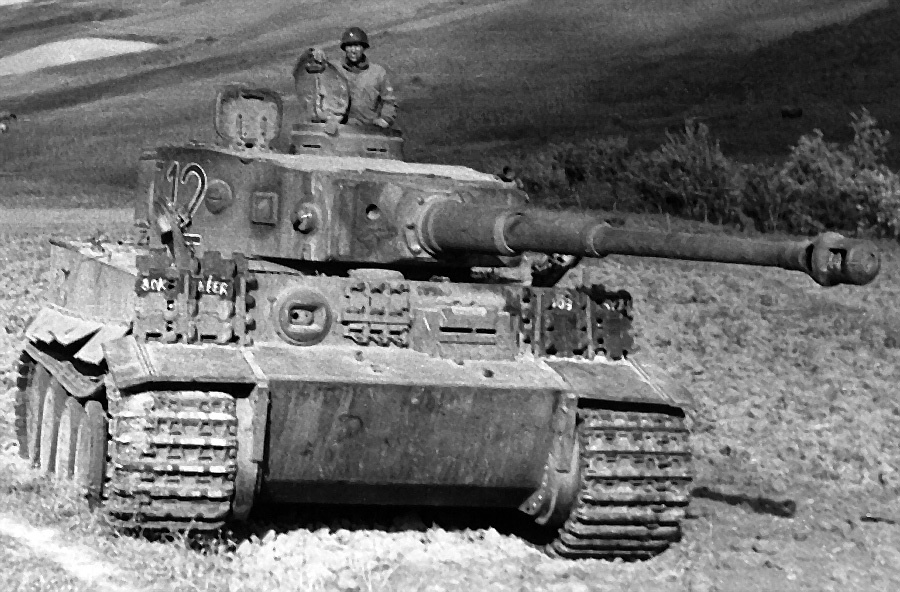I use Paint and the templates you can find on the AH.com wiki; it's slow going, but you can create good stuff.
How do you paint the borders so it didn't blotch everything (esp US internal borders)?
I use Paint and the templates you can find on the AH.com wiki; it's slow going, but you can create good stuff.
Paint can tool, if you're redrawing/recoloring borders, really carefully while zooming in with the pencil tool.How do you paint the borders so it didn't blotch everything (esp US internal borders)?






Historically he was a decent commander, sided with Truman against Dougie Mac when the latter decided that the best way to fight the Korean war was spreading his troops across the countryside and running straight for the Yalu so that they were a nice spread-out thin target for the PLA, did some decent work operationally despite a few fuckups in France (*cough* Huertgen *cough*). He worked as a boilermaker when he was younger so the Syndicalists might like him based on working-class roots and was a calmer guy than Patton in general. Yeah, he had shit relations with the Brits but that was because Monty was a total asshole to him in Christmas '44. He was no genius, his eye for men was mediocre (though he was smart enough to listen to lower-level commanders), but he wasn't as overrated as Patton is these days (I love Patton and all, but his style and abrasiveness were really bad in a high command role in an age where high commanders needed to politic as much as lead).@Worffan101 so Omar Bradley is more than just a sub-par commander in your canon?
Historically he was a decent commander, sided with Truman against Dougie Mac when the latter decided that the best way to fight the Korean war was spreading his troops across the countryside and running straight for the Yalu so that they were a nice spread-out thin target for the PLA, did some decent work operationally despite a few fuckups in France (*cough* Huertgen *cough*). He worked as a boilermaker when he was younger so the Syndicalists might like him based on working-class roots and was a calmer guy than Patton in general. Yeah, he had shit relations with the Brits but that was because Monty was a total asshole to him in Christmas '44. He was no genius, his eye for men was mediocre (though he was smart enough to listen to lower-level commanders), but he wasn't as overrated as Patton is these days (I love Patton and all, but his style and abrasiveness were really bad in a high command role in an age where high commanders needed to politic as much as lead).
Basically, the guy who realizes that Dougie Mac is a prima donna and a martinet and goes over to the Syndicalists on the grounds that they've won the war and he'd rather fight for the US than Dougie MacArthur's ego.
Also, compared to the commanders the Syndicalists start with, Bradley is a distinctly superior commander.
Why did Devers and Ike butt heads, exactly? I know that Devers basically got sidelined and fucked over completely, but never heard what he did to earn that; did he piss on Ike's cat or something?Well, maybe sub-par is too harsh, but IMO Bradley would have been a better Corps Commander than an Army Group Commander. He was a great trainer of men and could sometimes choose his Officers wisely, but then again he bungled the closing of the Falaise Gap and was responsible for that Fuckwit Hodges and his meatgrinder at Hurtgen. Then again, he trusted the insticts of J. Lawton Collins, who was probably one of the best Corps Commanders in the entire war, bordering on Lt. General Level, so... It's really up for debate.
It's your canon, so more power to you, but I'll be focusing on a guy who I feel is better for the CSA overall: Jacob Devers, who probably would have been one of the highest-ranked commanders in the war had Eisenhower and him not butted heads every 5 minutes.
Bradley is much better than a ragtag group of paramilitary leaders and Low-Ranking Field Officers though.
From what I've read, it was because Devers had a non-military like disposition that made higher officers disregard him, even though he was a major proponent of Combined Arms Warfare early on, and likely would have been a better commander than Patton (because, let's be honest, Patton was a great Lt. General but he was way too damn hard charging to be more than an Army Group Commander) because he knew how to reign it in. I think Ike didn't like him because he disobeyed superiors (pushing the Sherman) and the fact that Ike knew he didn't agree with his Western European strategy.Why did Devers and Ike butt heads, exactly? I know that Devers basically got sidelined and fucked over completely, but never heard what he did to earn that; did he piss on Ike's cat or something?
That Obamacare logo definitely ruins this photo.View attachment 355496
Monochrome photo of a modern city of the German Empire.